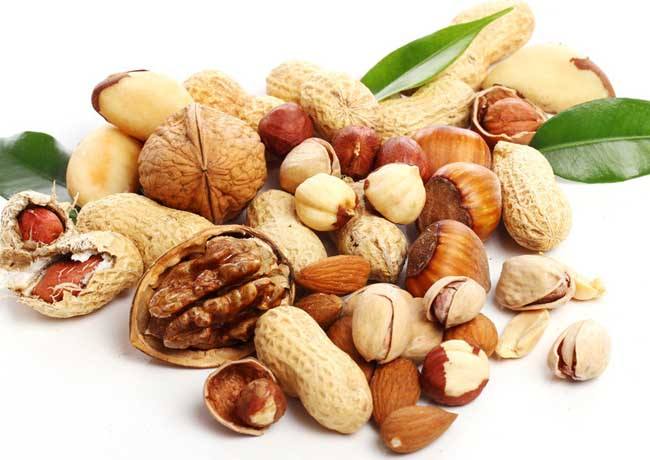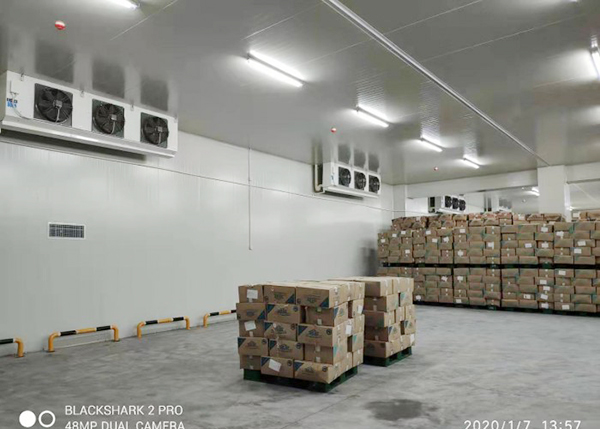Nuts and dried fruits are high in natural oils and low in moisture. When stored improperly or exposed to high temperatures, they are prone to oxidation, rancidity, and flavor deterioration. A temperature-controlled cold storage facility can significantly extend shelf life, preserve quality, and maintain nutritional value.

But how much does it cost to build a nut and dried fruit cold storage facility? Here’s a breakdown of key factors that affect the total investment:
1. Storage Product Type & Temperature Requirements
Different types of nuts and dried fruits require different storage conditions. For example:
- Almonds, pistachios, cashews: Ideal storage temperature 0°C to 5°C
- Dried dates, figs, raisins: Prefer 5°C to 10°C
- Chestnuts or high-moisture fruits: May require sub-zero storage
Storage temperature and humidity requirements will influence both equipment selection and insulation performance — directly impacting cost.
2. Size & Layout of the Cold Storage Facility
The overall volume (e.g., 500 m³ vs 5,000 m³) will affect the cost per cubic meter.
Larger facilities require more insulation panels, higher-capacity compressors, and longer piping systems.
If the cold storage is divided into multiple temperature zones or rooms, more refrigeration systems will be required — increasing overall cost.
3. Refrigeration System Specifications
A reliable and energy-efficient refrigeration system is essential. System design depends on temperature needs, storage volume, and load.
Recommended features:
- Scroll or semi-hermetic compressors
- Smart control panels with temperature monitoring
- Energy-saving evaporators and defrost systems
Redundancy is also advisable for high-value products — having one primary and one backup unit ensures operational stability.

Real shot of the interior of a nut (dried fruit) cold storage in China
4. Insulation Panels (Cold Room Panels)
Insulation quality determines long-term energy cost and temperature stability.
Common materials:
- Polyurethane (PU): High insulation efficiency, moisture-resistant, ideal for all cold storage applications
- Polystyrene (EPS): Lower cost, but less durable and not ideal for sub-zero applications
PU sandwich panels with B1 fire resistance are typically recommended.
5. Special Requirements
If the stored goods are of high commercial value, such as premium imported nuts, it’s recommended to include:
- Backup refrigeration systems
- Humidity control units
- Real-time monitoring with alarms
These features improve reliability and reduce product loss due to temperature fluctuations.
Estimated Cost Range
The average cost of building a nut/dried fruit cold storage warehouse varies based on size, specifications, and country. In China, for reference:
A standard facility of 1,000 m³ may cost approximately USD 35,000–40,000
For custom facilities with multiple chambers or advanced controls, costs may go higher
Exact pricing should be based on detailed site inspection and engineering design.
 China cold storage solution provider
China cold storage solution provider
